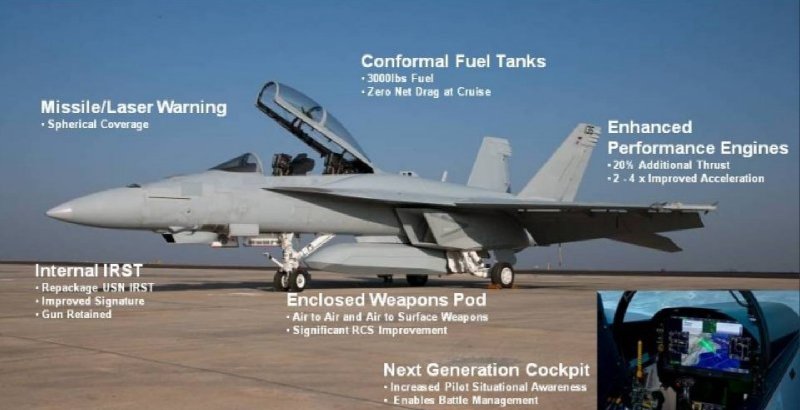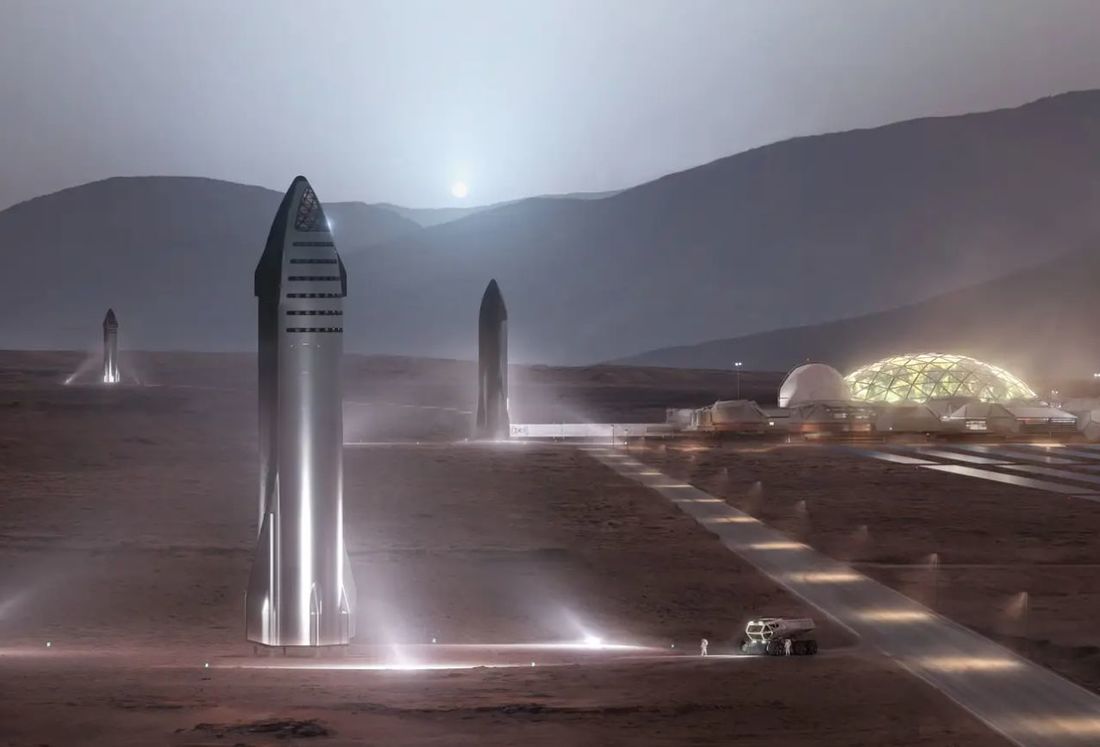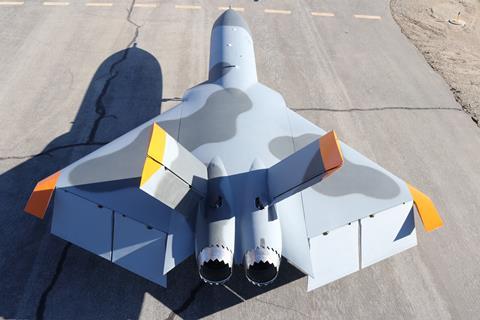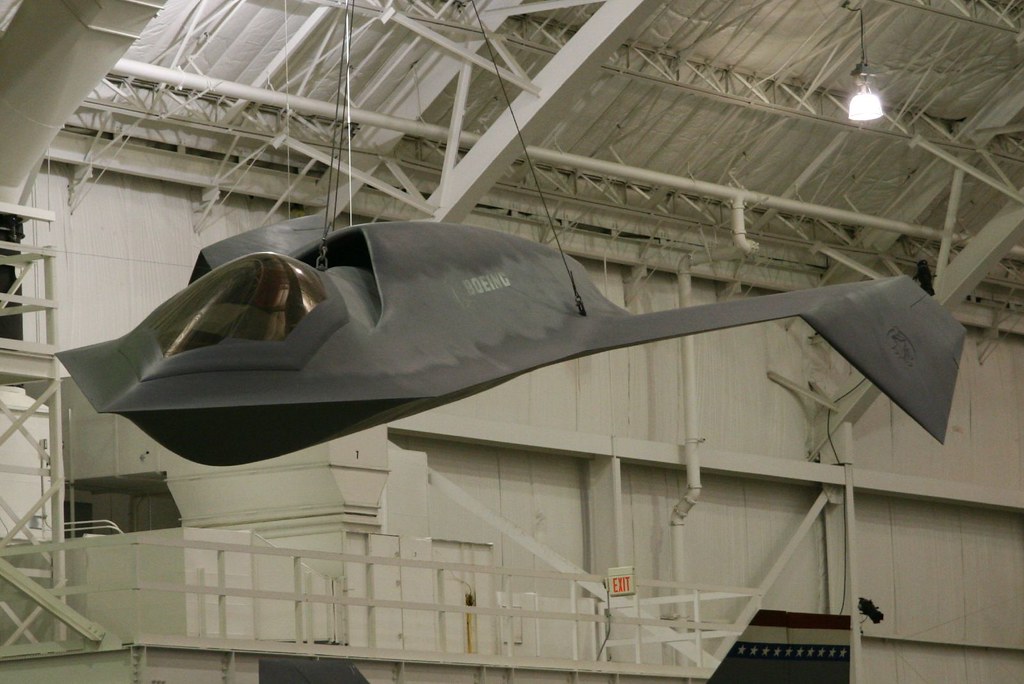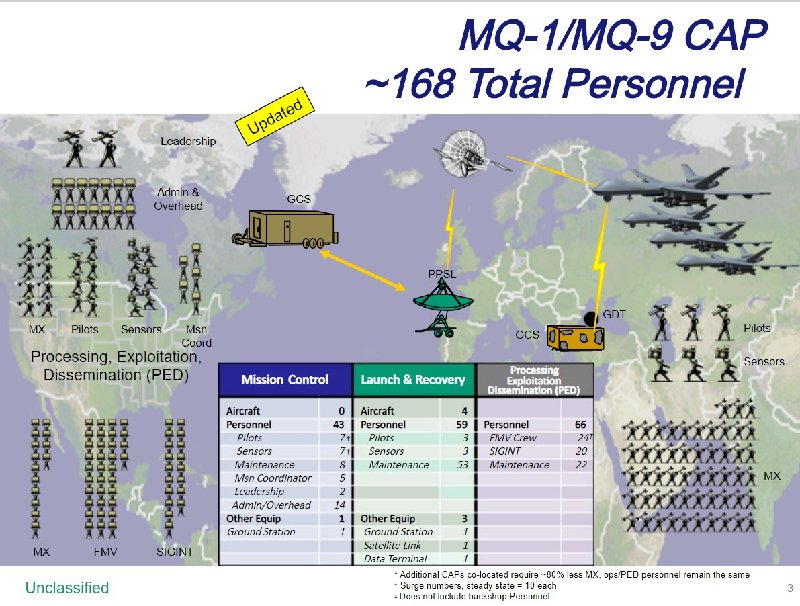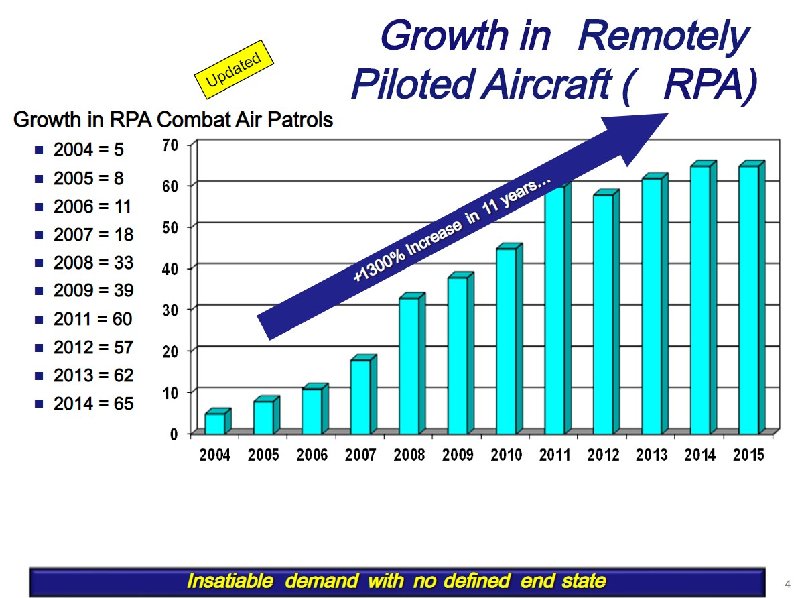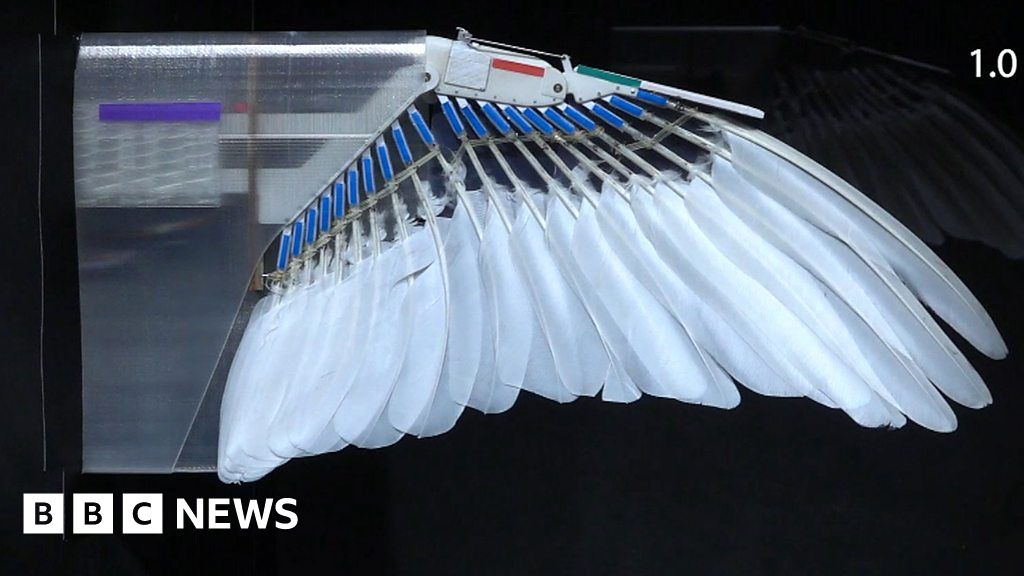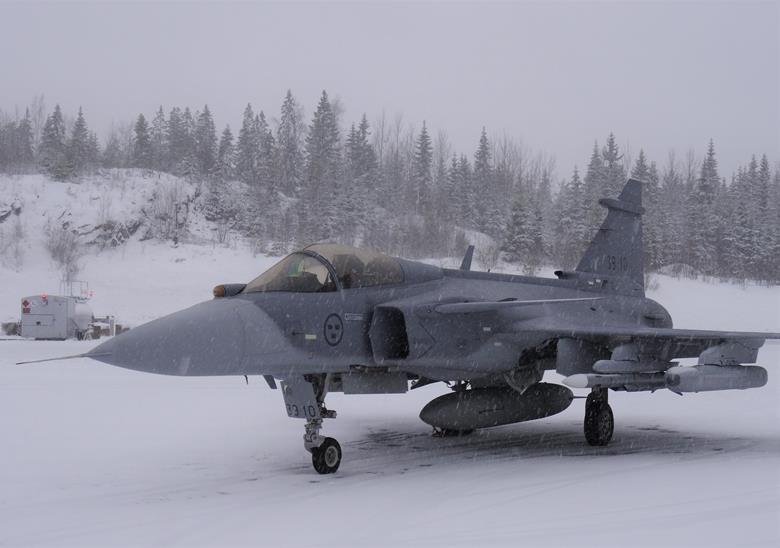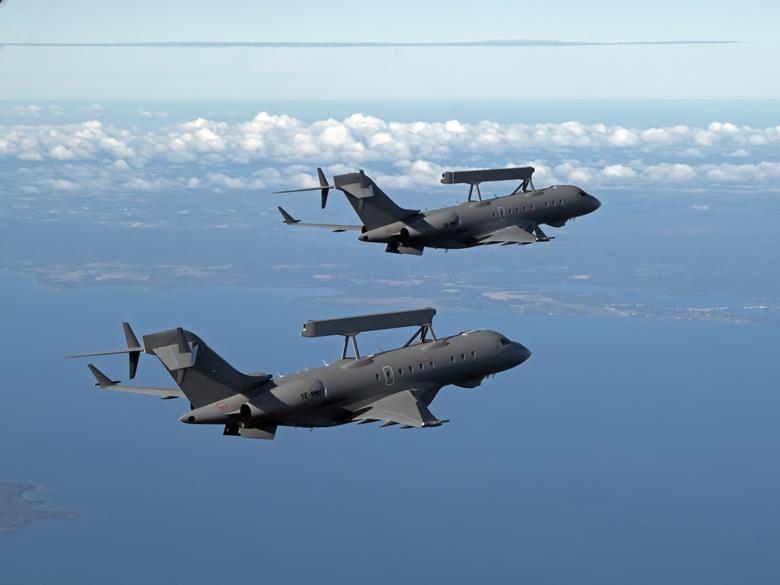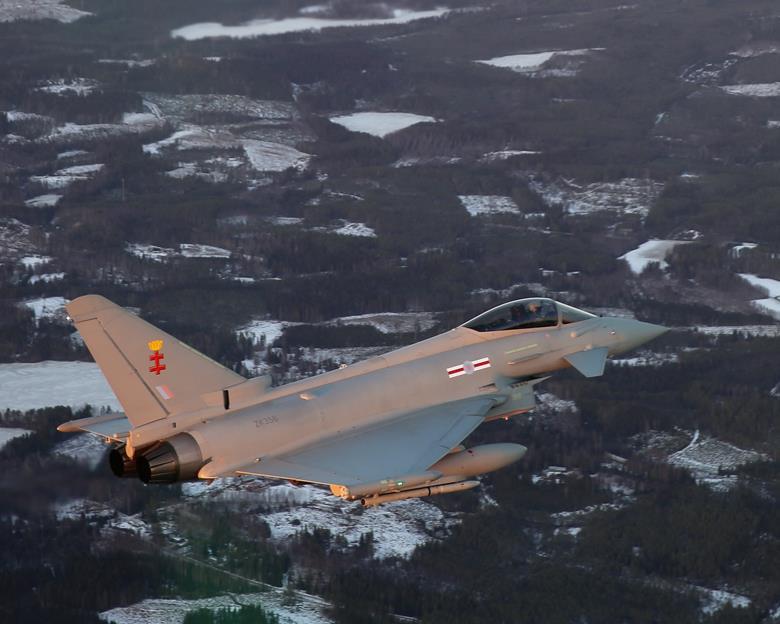Kartik wrote:It seemed like the natural thing to do- to develop a light fighter out of the T-X concept. But I recall that the USAF and Boeing went to lengths to claim that there was no intention to do so.
The USAF was very clear that the T-X source selection did not involve any criteria other than performance on the Advanced Pilot training portion. It was a very detailed RFI and RFP, and in fact I have not seen a more detailed and specific RFP draft for a USAF program in my life, and I have been looking at solicitations for nearly a dozen years. Had they valued a combat application, and weighed the proposals accordingly then Lockheed had an easy win. It was the only option on the table that had an operational fighter and attack-fighter configuration fully interoperable with US networks. Boeing may have other intentions and it is free to take any level of financial risk in its bid process as long as it is in accordance with the law.
And it does make a lot of sense to develop a capable light fighter to take on ANG duties, which absolutely don't require F-22 or F-35s...
It does not make sense for the ANG. The USAF does not exactly organize along the lines of a Team-A and a Team-B or a bench force with the ANG. When the ANG deploys on order from the US DOD in accordance with a COCOM need it is not and should be different from any active air force squadron deployment both in terms of how it is equipped and how it is trained. As roles are delegated, the Guard either takes over certain missions fully or exclusively, or takes over a substantial (in some cases majority) portions. Besides these roles, there are certain other expeditionary requirements from the Guard squadrons which although not at the same cadence as those on the USAF squadrons, have the same roles and responsibilities when exercised. For example, nearly all of the Homeland Defense Mission is off-loaded to the ANG. This comes in two flavors. On one side the ANG is responsible for the Air to Air portion of the Cruise Missile Defense mission. This is the reason why the ANG's F-16's are first to get AESA radars. Similarly, the ANG now controls all but 2 F-15C's squadrons that are currently operational in the USAF. This is because they are the units that are going to be deploying their aircraft to scramble against the threat from Russian bombers and other attack aircraft armed with long range cruise missiles. This mission requires a platform with large sensors and medium-long range. This is the reason why the USAF is now getting 100+ F-15X for the ANG. For both those missions, a potential F-7A is going to be sub-optimal. On top of this, the ANG is expected to provide a few rapidly deployable expeditionary units that will flex and act as buffer allowing for other active units to rotate back to stateside and cycle through large force exercises, upgrades etc. etc. etc. For this they must maintain aircraft that are capable of executing this mission. Hence you will always see a small 5th gen footprint even within the ANG.
Plus the Aggressor requirements of the USAF that also could make good use of it.
USAF Aggressor demand is going to be minimal (sub 50). The demand for red-air is going to be more substantial (likely 200 or so). That is almost all going to be contracted (because it is cheaper because the contractors can aggregate demand and flex). So this is not for the USAF to fund or develop but for Boeing to do so on its own, at its own dime, in partnership with the various red-air companies out there.
As proposed (by Congress and other advocacy organizations), the light-attack-aircraft is nothing but a short range, light strike fighter that is going to operate mostly in benign environments of the Middle East. The USAF certainly does not need an aircraft exclusively for that mission. The Reaper, and the Avenger are more than capable of doing that and the path of upgrades and capability enhancements they can be put on (if the same resources are to be allocated that would go towards creating a skeleton force of say 80 light attack fighters) them will make them even more capable. An advanced jet fighter's operational cost (cost of operating it for XXXX hours over lifetime) equals roughly 2/3 of the total life-cycle-cost. With UCAV's, particularly the ones designed for non-near peer environments, only about a 1/3 of the LCC is cost of operations so sustaining the fleet and maintaining very high readiness is quite affordable as can be seen with the MCR data that the USAF itself puts out. You just get more bang for the buck (literally and figuratively).
But it is attractive for the politicians because they can go back and say they are so strong on National Defense that they've increased the size of the USAF by X # of squadrons etc. etc or even X number of fighter squadrons. The USAF leadership is clear that it needs 314 operational squadrons out of which 55 need to be fighter squadrons. This is up 7 squadrons from where they currently stand in terms of fighter strength. Politicians would love to meet that target by providing sub-optimal aircraft so that they can appear to have done something. USAF to its credit has done well to kick that can as far out into the future as it possibly can..but at some point it'll probably be forced to buy a skeleton force of some of these..hopefully that it can transfer out soon thereafter.
Kartik wrote: If done quickly, it would eat into the FA-50s future market, which for now is the most popular light fighter in the export market. And it could possibly open up newer markets too, given that there is a capable and very affordable US option, like the F-5 was in it's days.
That's for Boeing to decide but the risk they are taking with the program is substantial. They severely underbid and large portions of this contract are Fixed Price, with an FRP ramp rate out to 60 aircraft a year. Any potential slip ups with performance, not meeting specs, or production will likely translate to a few billion dollars in penalties. This with the next fighter war probably already happening in the classified world, and a couple of fairly significant programs on the horizon may not warrant such a rapid shift to create a new variant unless someone picks up the tab. A loss on the NGAD will essentially mean that they seize to be a fighter designer and possibly even manufacturer for the USAF (which would be crazy to think about since this is McDonnell Douglas we are speaking of). So there are probably bigger things that they need to worry about since they lost out on the LRS-B program which they thought they had a really good chance on based on prior classified work. Slight upside is that the US DOD probably wants to maintain 3 design and mfg companies when it comes to advanced fighters and bombers so Boeing is sort of secure. But you never know.
